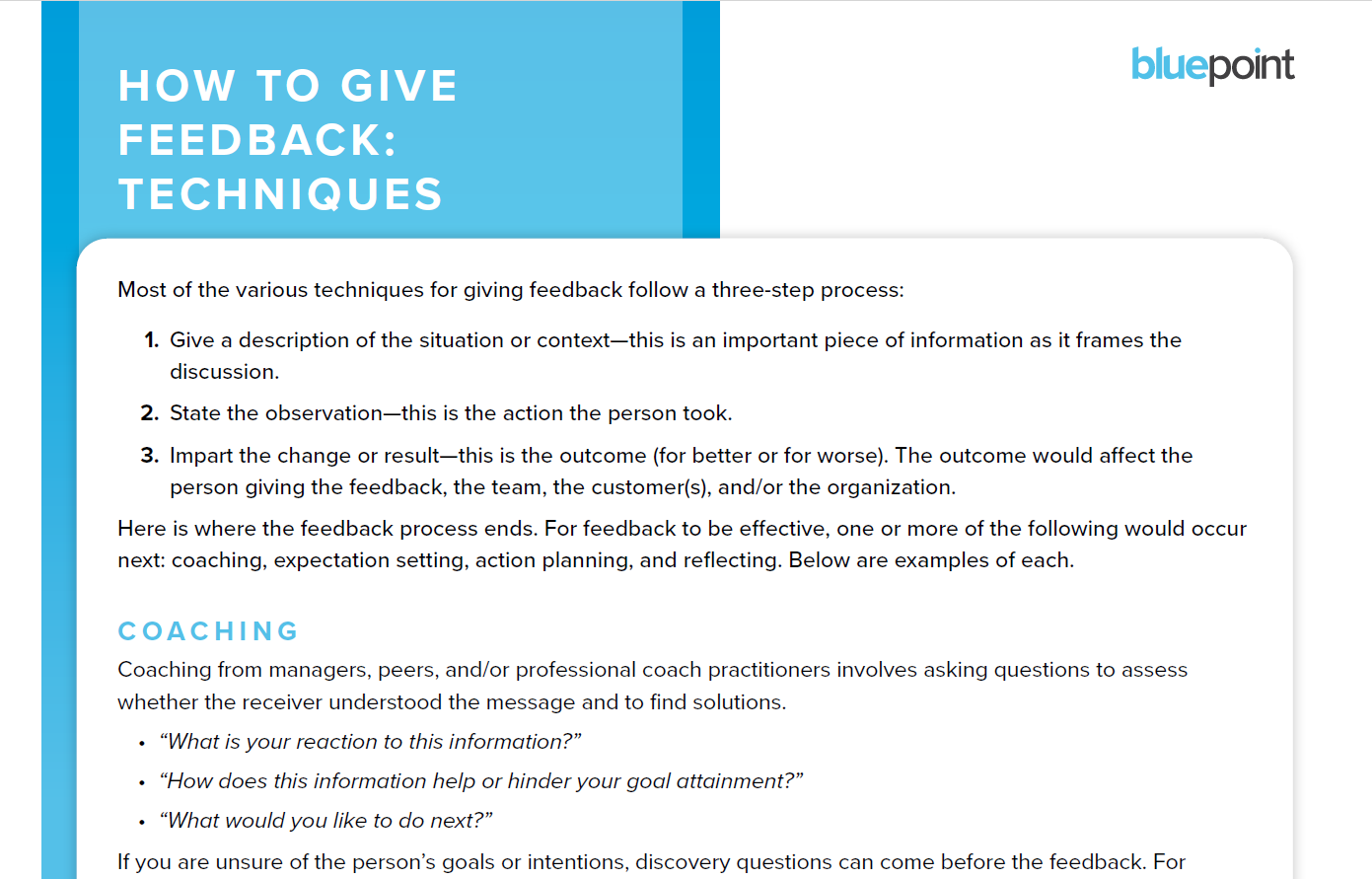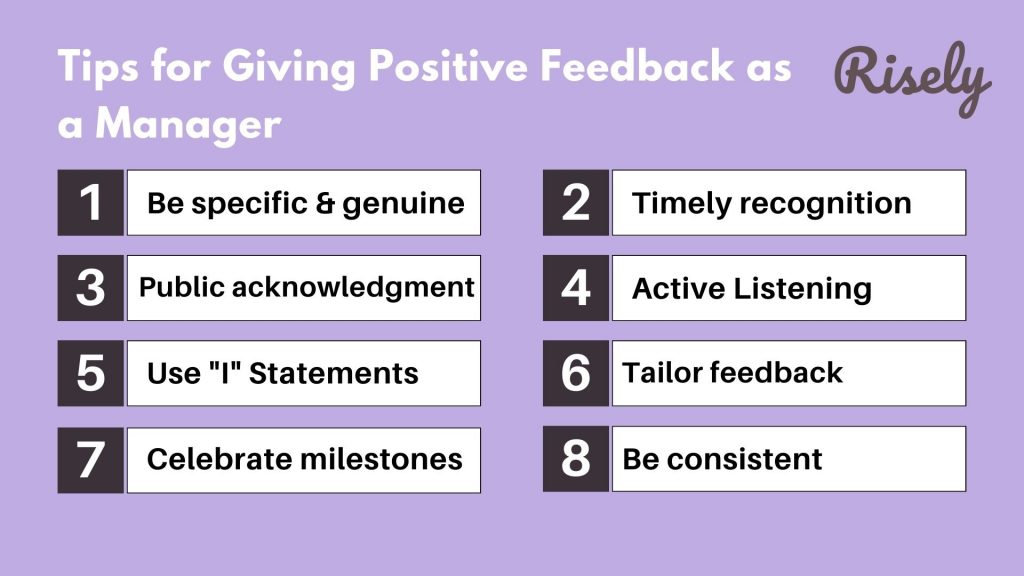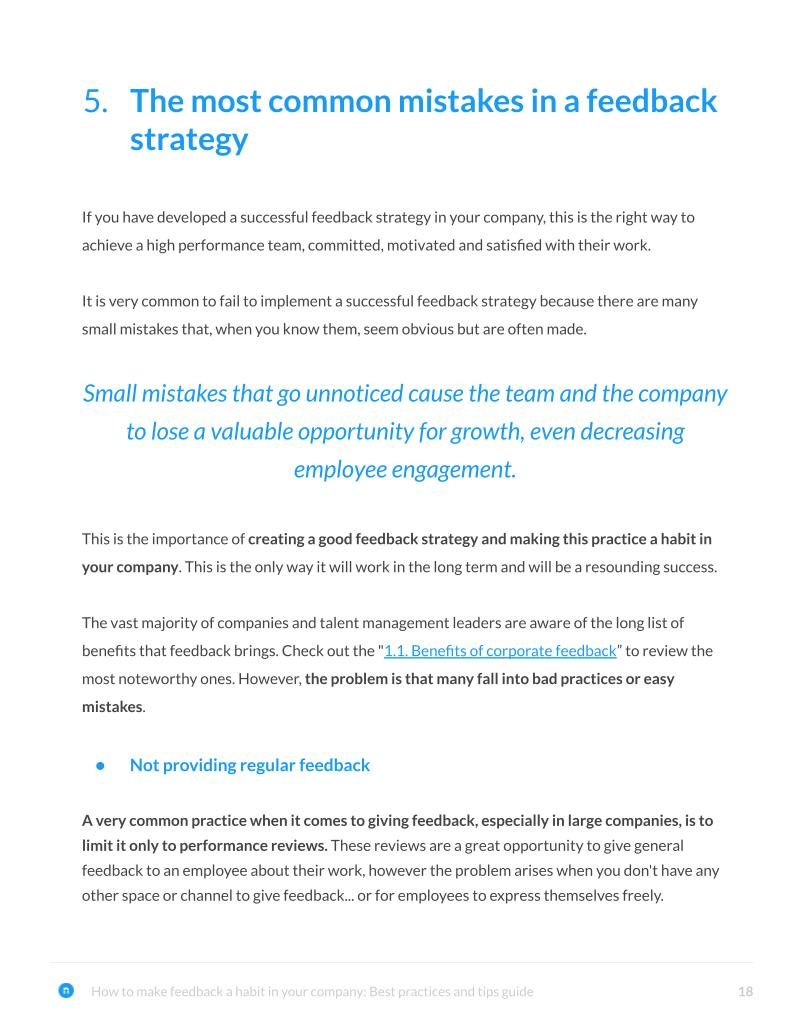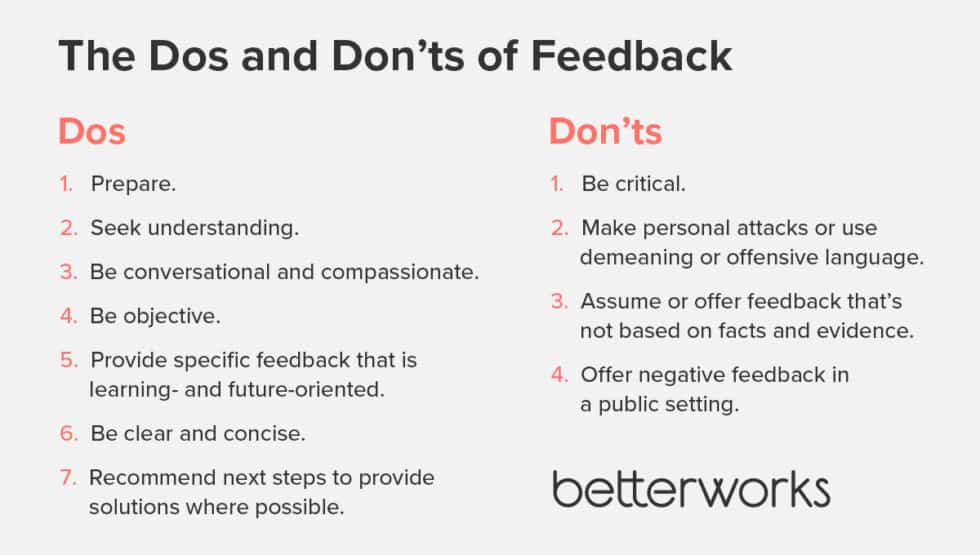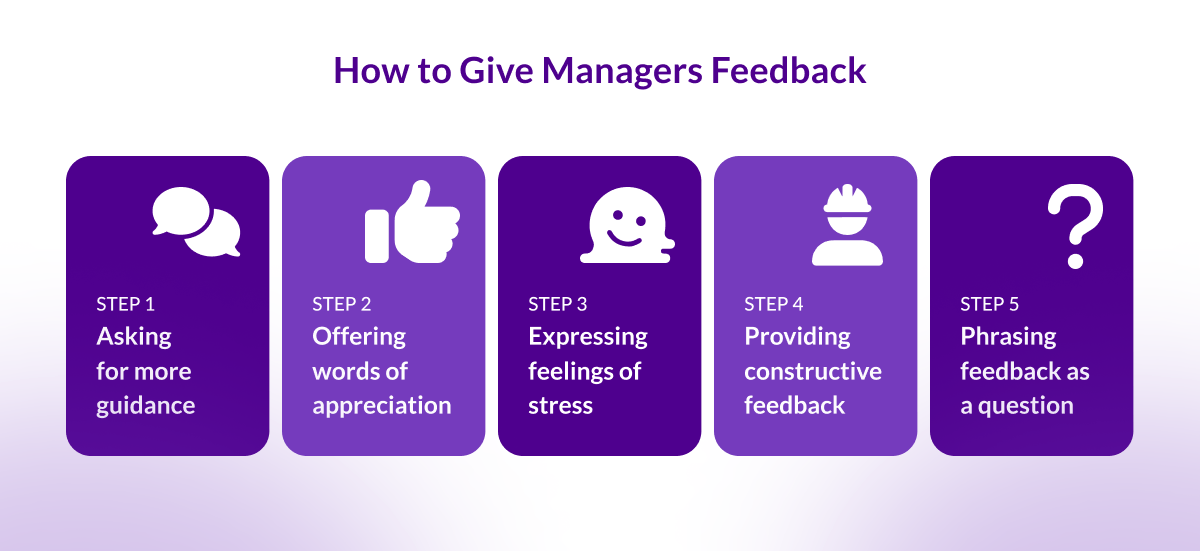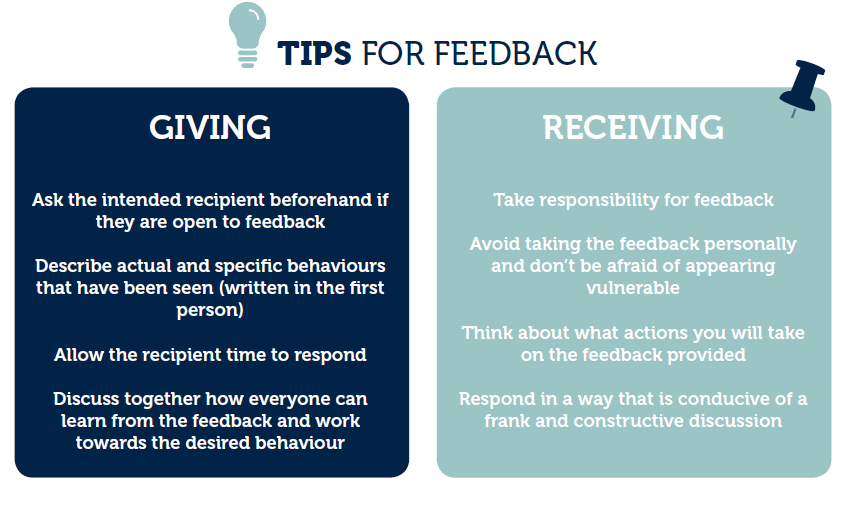How To Give Feedback To A Micromanager
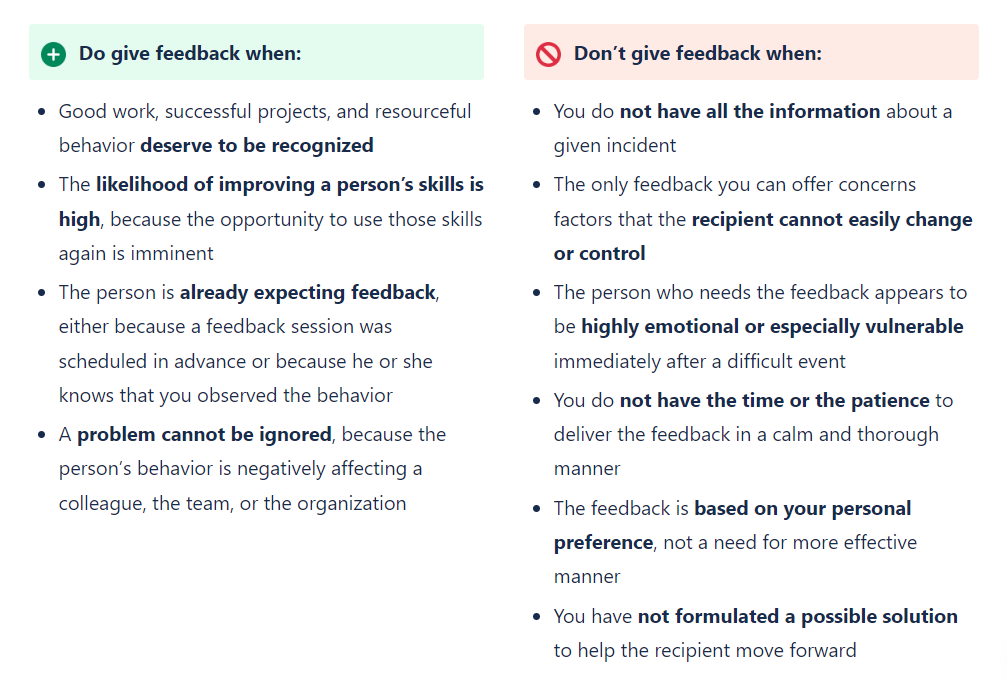
Imagine you're presenting a project proposal, meticulously crafted and thoroughly researched. As you speak, your manager interjects – adjusting slide layouts, questioning minor details, and essentially re-presenting your work in real-time. A familiar feeling washes over you: the subtle sting of micromanagement. You're not alone; navigating this situation is a common challenge in workplaces worldwide.
Giving feedback to a micromanager is a delicate art, but it's crucial for your sanity and productivity, and ultimately, for the team's success. This article provides a structured approach to address this issue constructively, fostering a healthier and more trusting working relationship.
Understanding Micromanagement
Micromanagement often stems from anxiety, a lack of trust, or even the manager's own past experiences. It’s rarely about actively trying to make your life difficult. They may feel a deep responsibility for the team's performance and believe that controlling every aspect ensures success.
Before confronting your manager, try to identify the root cause. Reflect on whether your work has unintentionally contributed to this behavior. Were deadlines missed? Was communication unclear?
Preparing for the Conversation
Timing and framing are key. Choose a private setting and a time when your manager isn't under immense pressure. Start by acknowledging their efforts and positive intentions.
For example, you might say, "I appreciate your dedication to the project and your commitment to quality." This sets a positive tone and shows that you understand their perspective.
Then, gently introduce your concerns using "I" statements. Focus on how their actions affect you and your ability to work effectively. Avoid accusatory language that could trigger defensiveness.
Instead of saying "You're always looking over my shoulder," try "I sometimes feel like I'm not being given the space to fully utilize my skills and judgment." This frames the issue as a personal experience rather than a direct attack.
Delivering Constructive Feedback
Be specific and provide examples. Instead of generalizations, point to particular instances where micromanagement hindered your progress. Refer to specific meetings or tasks to illustrate your point.
For example, "During the last presentation, when changes were made to the slides in real-time, it made me feel less confident and created confusion for the audience." Offering concrete situations allows for a clearer discussion.
Propose solutions. Don't just highlight the problem; suggest ways to improve the situation. Offer to provide regular updates or check-in points to reassure your manager without constant intervention.
Suggesting alternatives demonstrates your commitment to finding a mutually beneficial solution. Consider offering to provide detailed progress reports or proactively seeking their input at key milestones.
Setting Boundaries and Expectations
Clearly define your roles and responsibilities. This helps to establish a framework of trust and autonomy. Clearly defined boundaries are vital in managing expectations on both sides.
Discuss the level of oversight you require to succeed. This can involve agreeing on specific communication protocols or establishing clear decision-making authority. Consider creating a RACI matrix (Responsible, Accountable, Consulted, Informed) to delineate roles and responsibilities.
Be assertive but respectful in communicating your needs. It's okay to politely push back when you feel your autonomy is being unnecessarily undermined. Remind your manager of your capabilities and past successes.
Following Up and Maintaining Open Communication
The initial conversation is just the beginning. Regular check-ins are crucial to monitor progress and address any lingering issues. Use these meetings to reinforce your value and demonstrate your commitment to delivering results.
Acknowledge improvements and express appreciation for any positive changes. Reinforcing desired behaviors encourages your manager to continue on a more trusting path.
If the situation doesn't improve, consider seeking guidance from HR or a trusted mentor. External perspectives can offer valuable insights and strategies for navigating difficult workplace dynamics.
The Society for Human Resource Management (SHRM) provides numerous resources for managing workplace conflict and improving employee relations.
Addressing micromanagement requires patience, empathy, and a willingness to engage in open and honest communication. By approaching the situation constructively and focusing on solutions, you can foster a more trusting and productive working relationship, benefiting both you and your manager in the long run. Remember, a more autonomous and empowered team is often a more successful one.

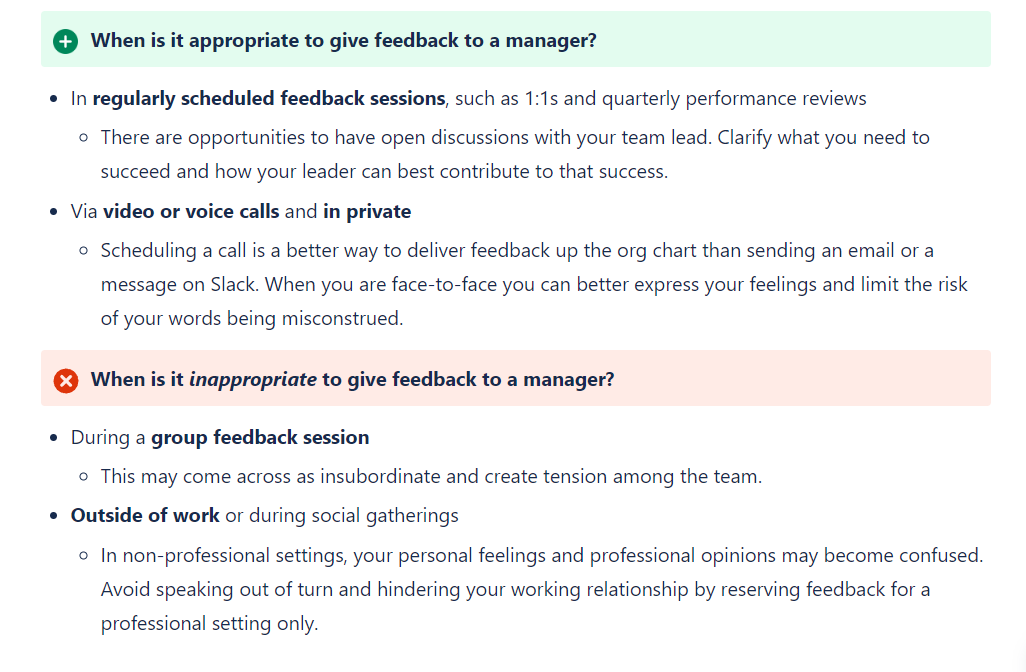
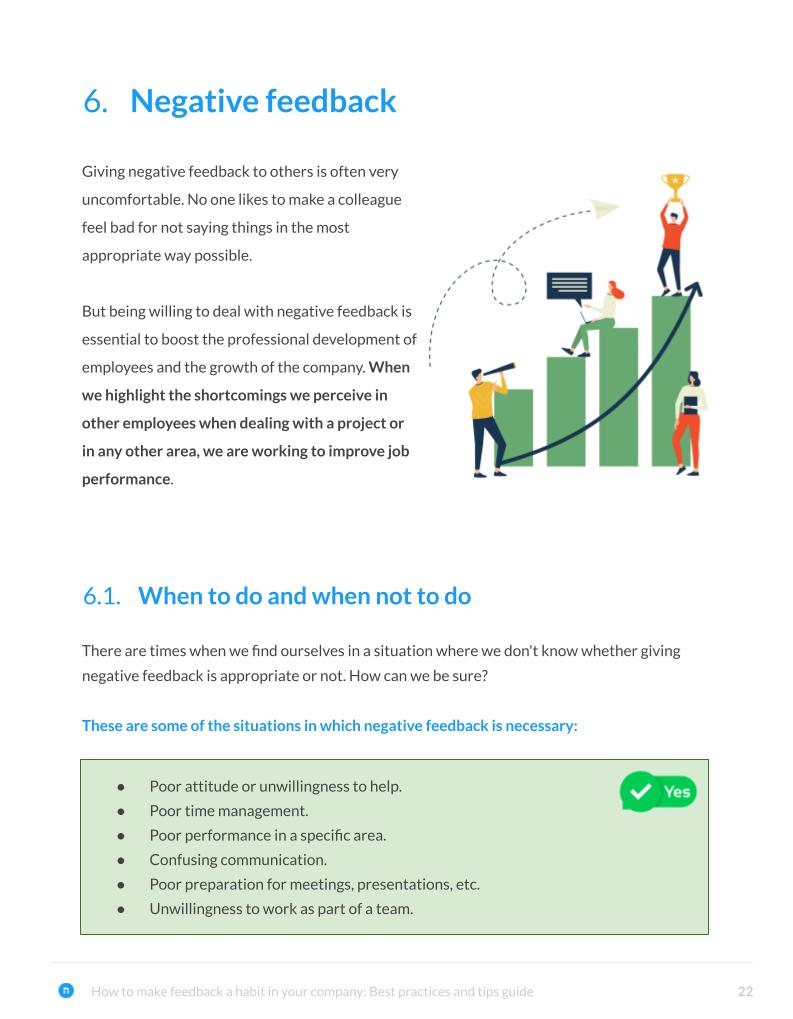

![How To Give Feedback To A Micromanager 18 Examples To Help You Share Feedback With Manager [+sample Letter]](https://hrone.cloud/wp-content/uploads/2023/01/Feedback-for-Managers-1.jpg)
